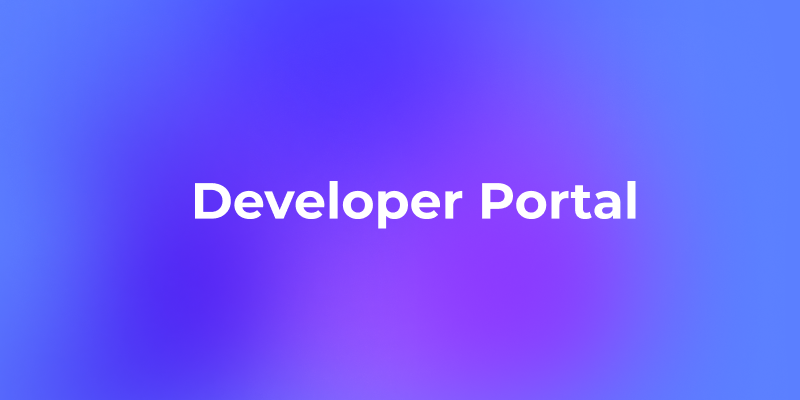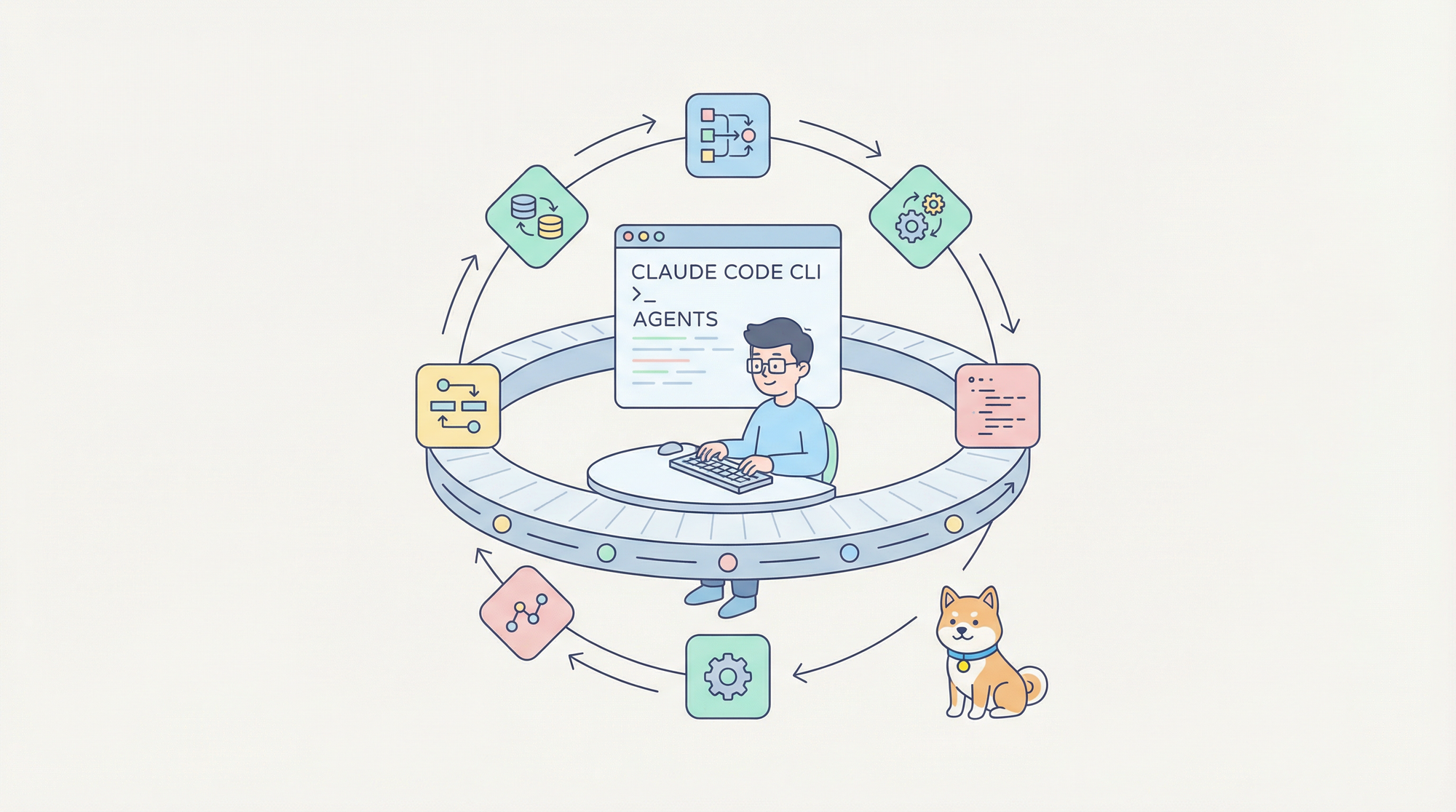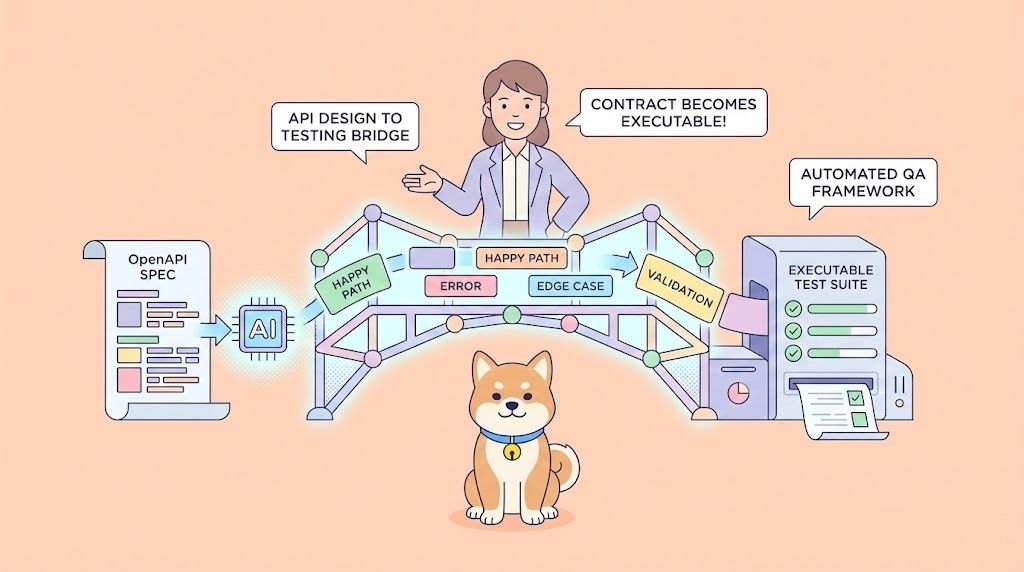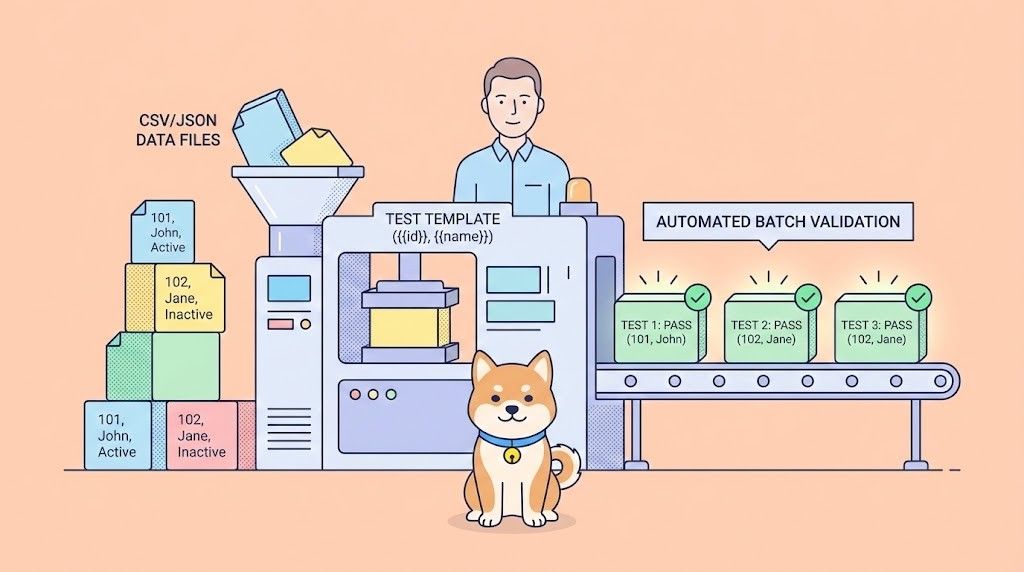In the rapidly evolving world of software, APIs have become the backbone of digital innovation, powering everything from mobile apps to enterprise integrations. However, even the most robust API can fall short if developers struggle to understand or use it effectively. This is where the developer portal comes in—a strategic asset that accelerates adoption, fosters collaboration, and delivers seamless integration experiences.
In this comprehensive guide, we’ll delve into what a developer portal is, explore its essential components, highlight the benefits it brings, and share best practices for building one that truly empowers your developer community.
What Is a Developer Portal?
A developer portal is much more than a simple documentation site. It is a centralized digital hub that provides developers with all the resources, tools, and information they need to discover, understand, and integrate with your APIs and services. By offering a single point of access, a developer portal streamlines the onboarding process, reduces friction, and enhances the overall developer experience. It serves as a self-service platform, a support center, a trust signal for your brand, and a vibrant community space—all rolled into one.
Key features of a developer portal include:
- Comprehensive API documentation: Detailed explanations of endpoints, parameters, request/response formats, and code samples help developers quickly grasp how to use your APIs.
- Interactive API explorers: Live testing tools allow developers to experiment with API calls directly from the portal, reducing trial-and-error and boosting confidence.
- SDKs, libraries, and code samples: Ready-to-use resources in multiple programming languages accelerate integration and lower the barrier to entry.
- Onboarding guides and tutorials: Step-by-step instructions and best practices help new users get started quickly and avoid common pitfalls.
- Community forums and support channels: Spaces for discussion, Q&A, and peer support foster a sense of belonging and encourage knowledge sharing.
- Analytics and usage dashboards: Real-time insights into API usage, performance, and error rates help both developers and API providers optimize their work.
- Access management and subscription tools: Secure, self-service mechanisms for requesting API keys, managing subscriptions, and controlling access ensure compliance and scalability.
A well-designed developer portal acts as the bridge between your APIs and the developers who use them—whether they’re internal teams, partners, or third-party innovators. It transforms the developer journey from confusion and frustration into clarity and productivity.
Why Do You Need a Developer Portal?
Delve into the core reasons why a developer portal is essential for modern API-driven organizations:
- Accelerate Developer Onboarding: Centralized resources and clear guides help new developers get up to speed fast, reducing time to first call and boosting productivity. With a developer portal, onboarding is no longer a bottleneck but a streamlined, self-service process.
- Reduce Support Costs: Self-service documentation and troubleshooting resources mean fewer support tickets and less time spent answering repetitive questions. This allows your support team to focus on more complex issues and strategic improvements.
- Foster Community and Collaboration: Forums, FAQs, and feedback tools create a vibrant developer ecosystem, encouraging knowledge sharing and innovation. Developers can help each other, share solutions, and build a sense of community around your APIs.
- Drive API Adoption: Easy discovery, interactive testing, and clear usage examples make your APIs more attractive and accessible. A great portal removes barriers to entry and encourages experimentation, leading to higher adoption rates.
- Ensure Consistency and Compliance: Centralized documentation and access controls help enforce standards, security, and governance. This is especially important for organizations with multiple APIs or complex regulatory requirements.
In short, a developer portal is not just a convenience—it’s a strategic investment that pays dividends in developer satisfaction, faster integration, and greater business impact.
Components of a Modern API Developer Portal
A high-impact developer portal is more than a documentation site. It’s a comprehensive platform that brings together all the elements developers need to succeed. Here’s what you should include:
- Comprehensive API Documentation: Your portal should offer detailed, searchable, and versioned documentation for all APIs. This includes endpoint descriptions, request/response examples, error codes, and usage guidelines.
- Interactive API Explorer: An embedded console allows developers to test API calls in real time, experiment with parameters, and see live responses. This hands-on approach accelerates learning and troubleshooting.
- SDKs & Code Samples: Provide downloadable libraries and ready-to-use code snippets in popular programming languages. This reduces the time and effort required to integrate your APIs.
- Tutorials & Guides: Step-by-step onboarding guides, use-case walkthroughs, and troubleshooting articles help users navigate common scenarios and avoid pitfalls.
- Community Features: Forums, Q&A sections, and feedback forms create a space for developers to interact, ask questions, and share knowledge. Recognizing top contributors can further encourage participation.
- Analytics Dashboard: Real-time usage stats, error rates, and performance metrics help both developers and API providers monitor and optimize their work.
- Access Management: Secure, self-service tools for API key management, subscription flows, and user roles ensure that only authorized users can access sensitive resources.
- Support & Contact: Easy access to support channels, whether through ticketing systems, chat, or direct contact forms, ensures that developers can get help when they need it.
Best-in-class portals also offer customizable branding and layouts, role-based access control (RBAC), integration with CI/CD and analytics tools, and multilingual support to serve a global audience.
Who Uses a Developer Portal?
A developer portal serves a wide range of stakeholders, each with unique needs and goals:
- Internal Developers: Quickly find, test, and integrate internal APIs, reducing duplication and speeding up delivery. The portal becomes the go-to resource for all development teams.
- External Developers & Partners: Discover public APIs, access onboarding resources, and get support for integration. A well-designed portal can be a powerful tool for attracting and retaining third-party developers.
- Technical Writers: Maintain up-to-date documentation and guides, ensuring that all information is accurate and accessible.
- Product Managers: Analyze API usage, gather feedback, and drive roadmap decisions based on real-world data and developer input.
- Support Teams: Access troubleshooting resources and respond to developer queries efficiently, improving overall satisfaction.
- Business Stakeholders: Monitor API adoption, performance, and ROI, using analytics to inform strategic decisions and investments.
By serving all these audiences, a developer portal becomes a central hub for collaboration, innovation, and continuous improvement.
Best Practices for Building a Developer Portal
Indulge in these proven strategies to create a developer portal that stands out:
1. Prioritize User Experience (UX)
Design your portal with the developer in mind. Use clear navigation, robust search functionality, and responsive layouts that work on any device. Break up text with bullet points, tables, and images to make information easy to digest. Offer interactive elements like API explorers and code playgrounds to engage users and facilitate learning.
2. Keep Documentation Up-to-Date
Automate documentation generation from your source code or OpenAPI specs to ensure accuracy. Version your documentation and highlight recent changes so developers always know what’s new. Regularly review and update content to reflect the latest features and best practices.
3. Enable Self-Service
Empower developers to generate API keys, manage subscriptions, and access analytics without manual intervention. Self-service tools reduce friction and free up your team to focus on higher-value tasks.
4. Foster Community
Add forums, feedback forms, and FAQs to encourage interaction and knowledge sharing. Highlight top contributors and common solutions to build a sense of community and recognize valuable input.
5. Monitor and Iterate
Use analytics to track usage patterns, identify pain points, and gather feedback. Continuously improve the portal based on real-world data and user suggestions, ensuring it evolves to meet changing needs.
By following these best practices, you can create a developer portal that not only meets but exceeds the expectations of your users.
Why Apidog Is the Best API Developer Portal Tool
Apidog stands out as the all-in-one solution for building, managing, and publishing world-class API developer portals. Here’s why Apidog is the top choice for organizations serious about developer experience:
- No-Code/Low-Code Portal Builder: Create beautiful, fully branded and customized developer portals without writing a line of code. Apidog’s intuitive interface makes it easy for anyone to build and maintain a professional portal.
- Comprehensive API Documentation: Auto-generate docs from your OpenAPI/Swagger specs, and keep them in sync with your codebase. This ensures your documentation is always accurate and up-to-date.
- Interactive API Explorer: Let users test APIs live, right from the portal, reducing barriers to experimentation and integration.
- Collaboration Tools: Invite team members, assign roles, and manage content together, streamlining the documentation and publishing process.
- SEO-Optimized and Customizable: Ensure your portal is discoverable by search engines and matches your brand’s look and feel.
- Fast Deployment: Go live in minutes, not months, so you can start reaping the benefits of a developer portal right away.
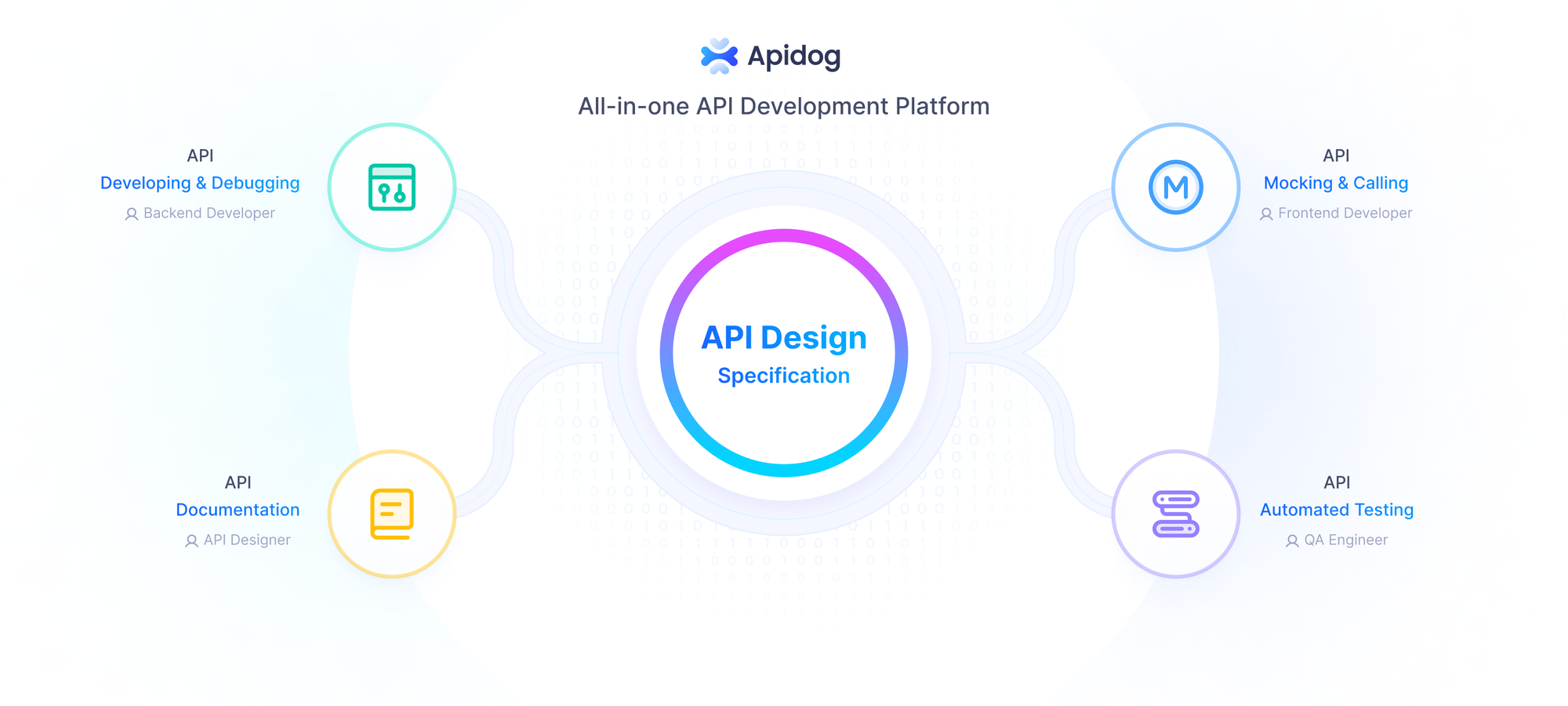
With Apidog, you get a powerful, flexible, and user-friendly platform that takes the pain out of building and maintaining a developer portal. Whether you’re a startup or an enterprise, Apidog scales with your needs and helps you deliver a best-in-class developer experience.
Ready to experience the best? Sign up for Apidog now and build your API developer portal in minutes.
Conclusion: The Future of API Success Starts with Your Developer Portal
In today’s rapidly changing digital landscape, a developer portal is no longer a luxury—it’s a necessity for any organization that wants to unlock the full potential of its APIs. A well-designed portal is the key to driving API adoption, reducing support costs, and building a thriving developer community. By following best practices and leveraging a powerful tool like Apidog, you can deliver a developer experience that sets your APIs apart from the competition.
Don’t let your APIs get lost in the noise. Delve into the future of API success—build your developer portal with Apidog and empower your developers to innovate, integrate, and excel.
Ready to get started? Create your Apidog developer portal today!
